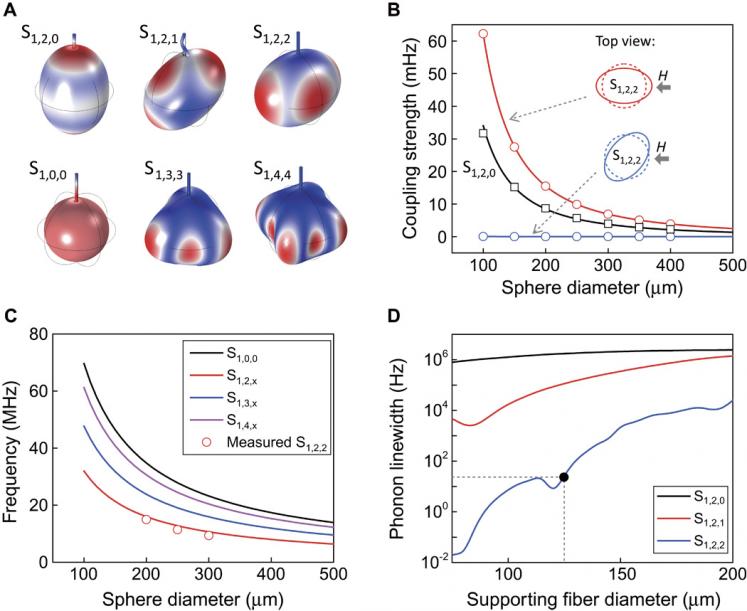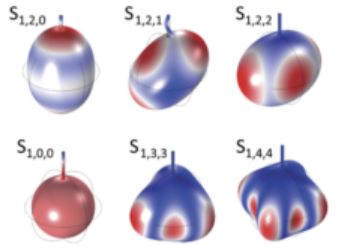Optomechanics, a growing field that combines light and microwave particles (photons) and acoustic particles (phonons), has increasingly intrigued researchers for its potential to open up new possibilities in quantum science.
One problem with optomechanical devices, however, is that they’re difficult to control. To that end, a team of researchers has developed a new system for converting and transferring information. The results of that research, from the labs of Prof. Hong Tang’s lab in Electrical Engineering and Prof. Liang Jiang, assistant professor of applied physics, are published today in Advanced Sciences.
With what they call “cavity magnomechanics,” the researchers have devised a system that brings together three particles – magnons, acoustic phonons and microwave photons – that allows for signal conversions among these three different information carriers in a single device.
Magnons - the smallest unit of measurement for a magnetic spin excitation – serve as a bridge of sorts between photons and phonons. With what they call “cavity magnomechanics,” the researchers have devised a system that makes use of magnons’ “tunability” — that is, their frequency can be adjusted at will over a wide range of gigahertz. This allows the magnon-phonon-photon coupling to work at an unprecedented efficiency.
The system uses a sphere of yttrium iron garnet (YIG), a ferromagnetic material that is a low-loss medium for magnons, phonons and microwave photons. “So it’s an excellent material and ideal platform for this study,” said Xufeng Zhang, a Ph.D. student in Prof. Hong Tang’s lab in Electrical Engineering.
Changling Zou, a postdoctoral fellow jointly in Prof. Tang’s and Prof. Jiang’s group, said potential applications for optomechanical devices include quantum information processing and quantum computation.

